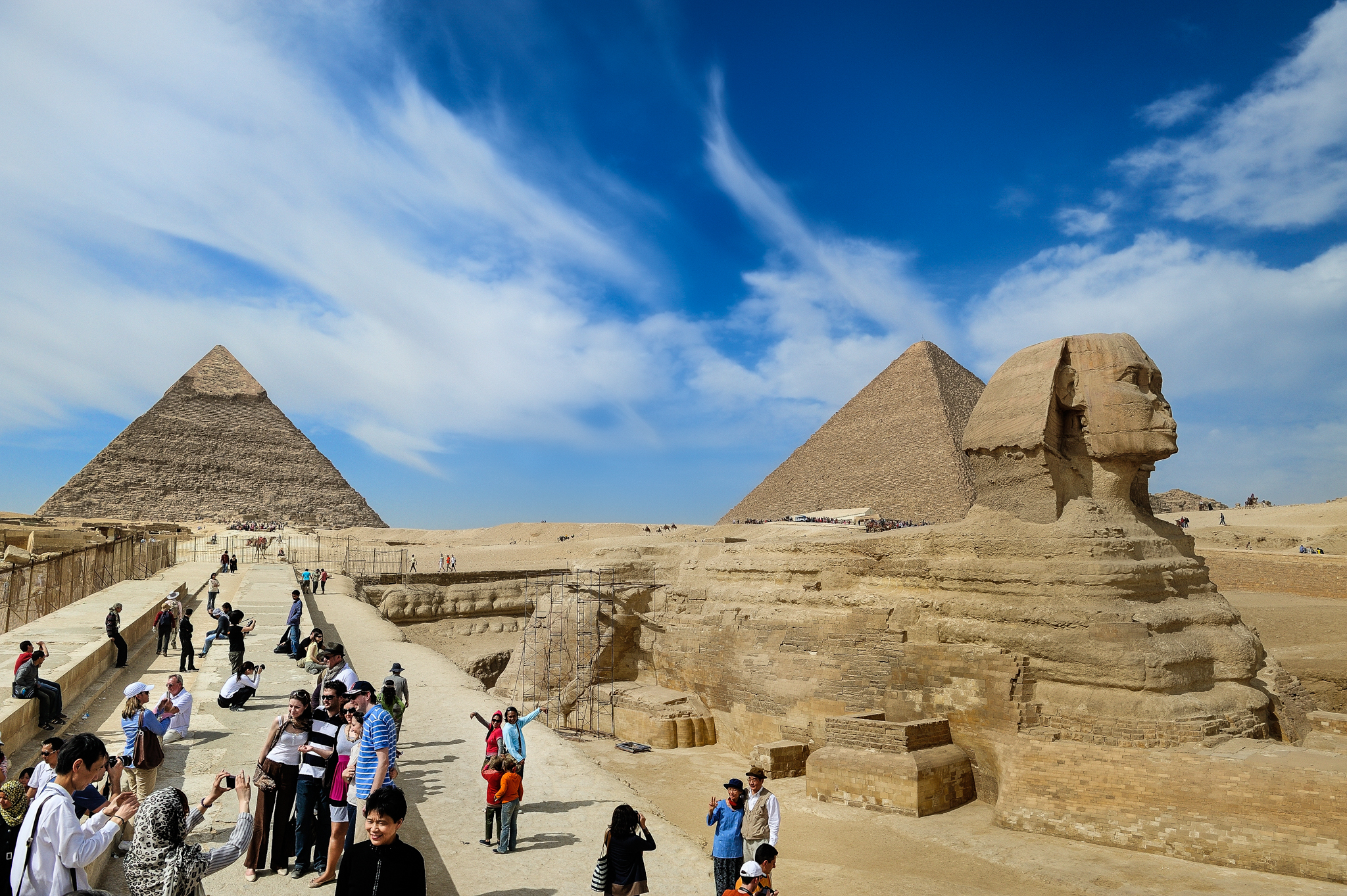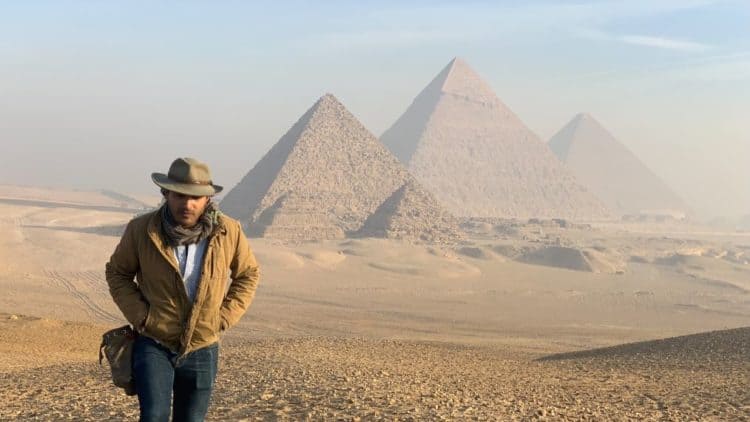https://www.scidev.net/global/agriculture/feature/egyptian-village-revives-papyrus-as-tourism-returns.html Egyptian village revives Papyrus as tourism returns

Copyright: SciDev.Net/ Hazem Badr
[Sharqiya, Egypt] Mona Azazy, like many
children in her village, grew up watching her mother holding sticks of papyrus plant, cutting it into slices and preparing it for a series of industrial phases that finally result in printed papers called papyri.
Although Azazy has completed her vocational secondary school
education, she still chose her mother's profession, like most young men and women from El-Karamous village, in the Sharqiya governorate of Egypt's Nile Delta.
"This is the only profession we know. We go to school and even university, but we are still convinced that our livelihoods revolve around papyrus,"
Mona Azazy, El-Karamous resident
"This is the only profession we know," she explains. "We go to school and even university, but we are still convinced that our livelihoods revolve around papyrus."
Papyrus is an African herbaceous plant, belonging to the Cyperaceae family. It develops into its final shape when it grows into long stems, similar to sugar cane or reeds submerged in water.
Papyrus is originally a Greek word, derived from the Egyptian word 'papuro', meaning 'royal' or 'that of the Pharo', as the
government used to possess the land and control papyrus production.
Grown by the Nile, it was used by ancient Egyptians to write and document incidents, as well as science and arts.
In ancient times, the planting of papyrus spread from Egypt to Palestine and Sicily, before being adopted all over the Mediterranean, and parts of Europe and southwest Asia.
What remains of that history is the science of papyrus - the study of art, correspondence, legal records, and other ancient documents written on papyrus, as well as the translation and preservation of ancient original manuscripts.
Bringing back papyrus
El-Karamous village has been able to bring back papyrus farming, and use the plants to make paper for printing on, restoring the industry to the heart of its economy. The majority of residents are now employed in some aspect of the process.
The production process starts by cutting the plant, collecting it, and then slicing the rods.
The slicing relies on a workforce of women who are equipped with a strong piece of string, one end fixed to the wall, the other used to cut the rods.
It may look simple, but the slicing can cause severe pain in the hands and shoulder muscles to those unaccustomed to it. This was the experience of Sanaa Metwally, a housewife who returned to the profession after five years of absence.
Metwally says that one of the problems the industry faces is its reliance on tourism, making it subject to ups and downs.
After the uprising of 25 January, 2011, most workshops closed and
farmers gave up planting papyrus as tourism came to a halt.
But with the slow comeback of tourism more recently, papyrus workshops and farmers have resumed their work.
Metwally adds while grasping her palm: "It is really weird how I need rest now, I used to work for eight hours with no break."
She and her colleagues get no fixed income for their work. Instead, earnings are based on production: 20 EGP (almost 1US$) for a container of slicing rods, where on average workers fill just three containers per day.
Despite this, Metwally expresses her gratitude to the profession and says: "This is the best job women can do to add to the family income, other than governmental jobs".
Mohammed El-Sayed, the owner of one of the workshops that resumed work after a period of closure, also appreciates working in the industry. He is responsible for all the manufacturing stages other than slicing, with the help of his offspring.
Sayed - originally a farmer - owns the workshop where Metwally works, as well as a plot of land where he grows the plants and manufactures papyrus.
After the papyrus stems have been sliced, they are immersed in potassium carbonate mixed with water to gain more flexibility, he explains, then in a chlorine and water mixture to whiten them.
"After that, slices are put side by side, compressed several times by different compressors… until they are completely dry," he says. "Paper is then transferred to printing houses in the village that specialise in designing Pharaonic drawings and putting them on papyrus."
El-Sayed was among the pioneers of papyrus cultivation and manufacturing, an activity that started in the village in the 1970s, thanks to the efforts of one of the residents, an expert in fine arts.
Sowing the seed
Local resident Al-Shabrawy Ismail says: "It all started when Dr. Anas Mostafa, a professor of fine arts, was on a scientific mission with Dr. Hassan Ragab, founder of the 'Pharaonic village' [a tourism park], and a key figure in preserving papyrus. He had the idea of producing paper featuring artistic illustrations. He bought a seedling from Sudan that he then cultivated on land he owned in the village."
Plant cultivation was not a problem, but the challenge was how to make the paper. Although ancient Egyptians documented fine details on many subjects, they didn't explain how they made the ancient material.
According to Ismail, Hassan started researching the subject in the early 1960s, and managed in 1966 to manufacture a paper that could be used for writing - after 1,000 years of oblivion.
By 1977, Hassan had a patent for his method and started presenting it to his park visitors.
Mostafa then implemented the same method in a workshop he set up in the village, where he trained local people, and the industry spread throughout the village and across generations.
Papyrus cultivation and manufacturing both require expertise, which many of the village residents possess, having been trained by experts.
Ismail elaborates: "We've learned when the plant needs more water and the right space we should leave between one seedling and the oth
-- Sent from my Linux system.















